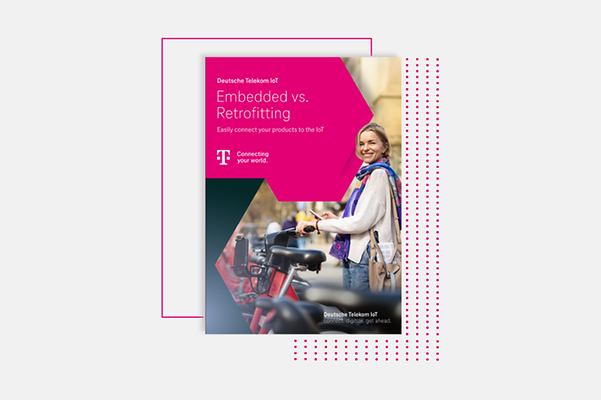
Smart Connected Products
Whitepaper
- Case Studies: Every IoT project has specific requirements
To answer the various questions before starting an IoT project, the basic parameters must be clear first. For example, the product's deployment location, power supply, costs, transmission frequency, or data volume. - Choosing the right method – Embedded or Retrofit?
Embedded and retrofit are two different methods for connecting products. What do these two terms mean in practice, and why is the decision between the methods important for you? - How our customers successfully use the potential of connectivity
Both retrofit and embedded have their advantages – depending on the requirements of the use case. And our customers have already successfully connected their products using both methods.